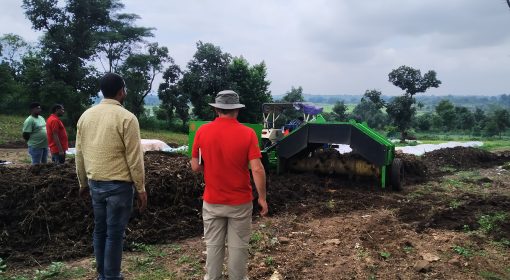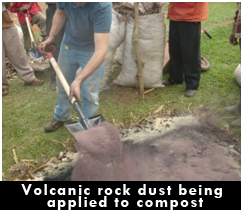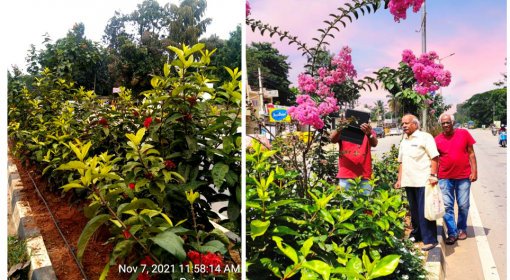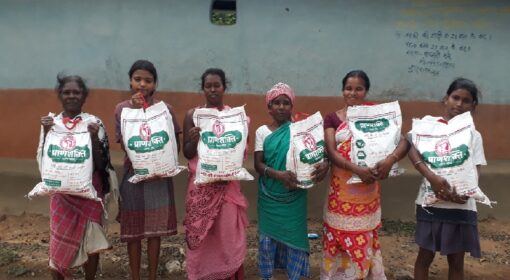Posted by Ruben Borge, MetaMeta Circular Economy / Rockin Soils
June 03, 2013
Famers knowing how to make compost is key to the concept of circular economy. As compost practitioners know, proper aeration controls both temperature and moisture in the compost pile. A lot of oxygen and moisture is everything you need to make food out of waste. They take this very seriously in TheNetherlands.
I had a great experience yesterday. I went to a farm and spoke with Piet. Piet produces tulips and has a big farm and also a big pile of compost next to his silo. It was raining like hell. Piet asked me about my impression of his compost pile. He wanted to enrich his compost with rock dust. The pile was huge. It was about 70 m long, 15m wide and 2.5m high. I did not know whether to laugh or cry. I started to explain the principles of composting. I told him that it was impossible to control temperature or moisture a pile that big… and then he stopped me and said he knew all about this; that aeration was not a problem.
He made a phone call and gave me an address. 20 minutes later was at the composting plant of Breezam and I had the chance to see this (see video below):
I spoke with Frank, the owner of this gadget that he had custom-made; a huge piece of art. Frank put almost 10 years of work into this, he said, working right from its design to manufacturing. It has 700 HP engine and requires an investment around 500,000 Euro. It is a mobile unit. This means it can be put to work at the compost plant, and can also be booked by farmers to “shake” their compost.
More and more farmers are demanding this device to incorporate rock dust in the composting process. They are aware of the nutrient depletion in their soils. Also, they are aware how micronutrients of rock dust have direct impact on plant health, pest control and quality parameters of their produce. Since the industrial micronutrients come to them at at high cost, they are willing to go for more economic alternatives for bringing minerals back to their soils and improving their natural capital.
Turning waste into food can be profitable at farm level, and this justifies the level of investment such a gadget requires. This is high-tech. But we do not always need such huge investments to compost farm waste. Smaller units are already in the market and do great job. Even a farmer with two hands and a pitchfork can churn out one ton of compost in 20 minutes, which can be enough to apply over 1000m2 of productive soil. At present, we are teaching farmers in Ethiopia this version of composting technique. Because if it can support the world’s tulip supply, it can surely feed Ethiopian people.
{jcomments on}



